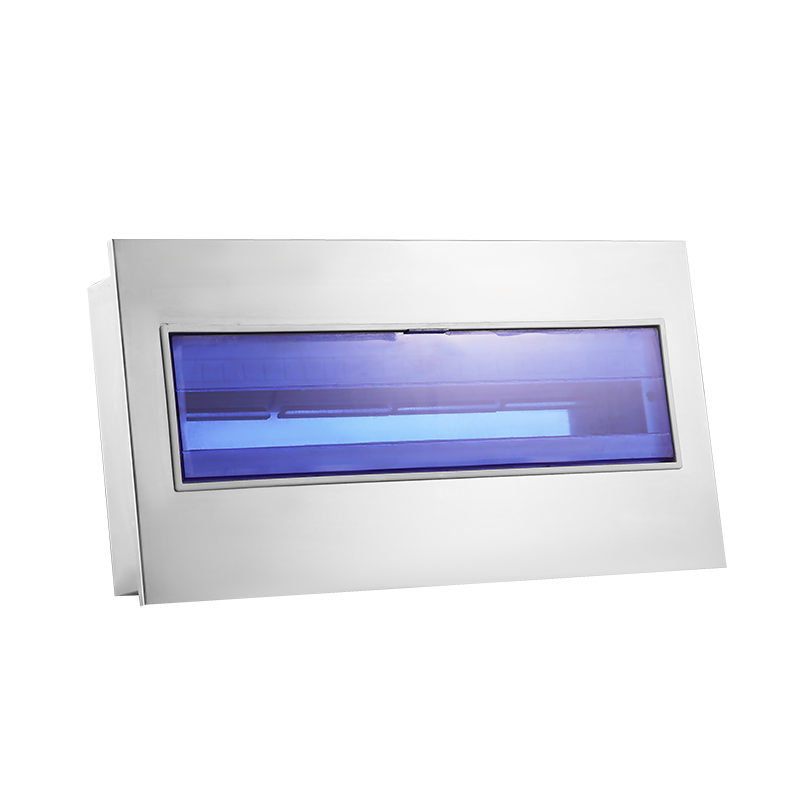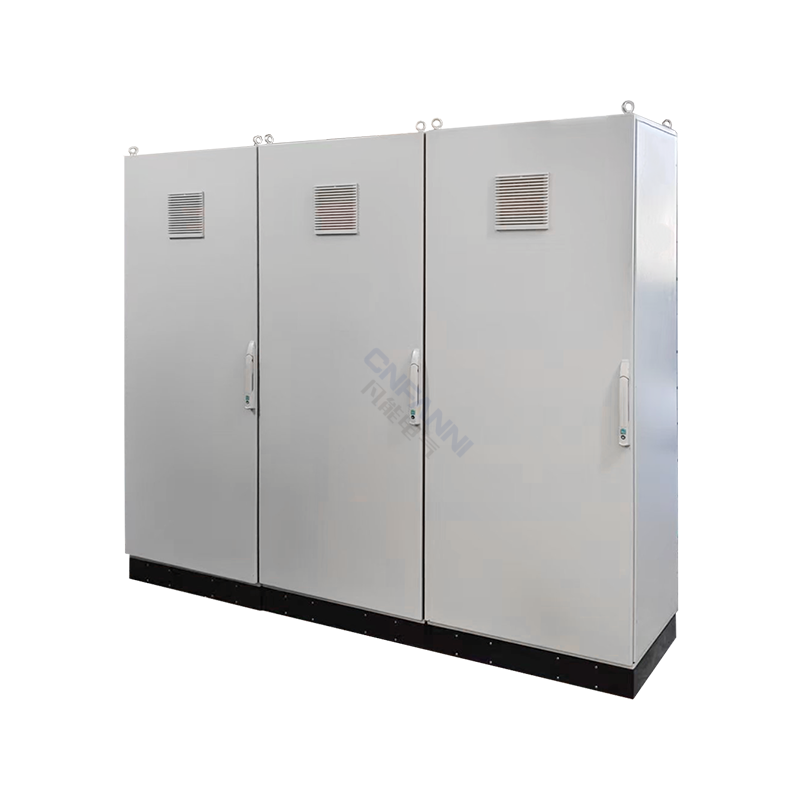The Distribution Board has emerged as a central manufacturing component in industrial power systems and infrastructure equipment. In 2023, the global distribution board market size was valued at approximately USD 6.71 billion, rising from USD 5.97 billion in 2022 at a CAGR of about 12.3 %. Increasing industrial automation, adoption of smart buildings, and grid modernisation drive demand for reliable and technologically advanced distribution boards.

Distribution Board Market Size & Growth for Manufacturers
From a manufacturing perspective, production lines must respond to market growth driven by industrial automation, grid upgrades, and smart building requirements. Forecasts indicate the potential market size could reach USD 9.27 billion by 2027 at a CAGR of approximately 8.4 %. For a manufacturer, key questions arise: can factory output scale efficiently to meet demand? What level of production increase is necessary to maintain competitive market positioning? Continuous process optimisation, production line automation, and workforce training enhance throughput while ensuring product reliability and compliance with safety standards.
Distribution Board Manufacturing Innovation: Smart Features & Materials
Modern distribution boards now include embedded monitoring, IoT integration, and digital diagnostic features. Manufacturers report rising demand for products that support remote monitoring, operational data collection, and predictive maintenance. From a materials perspective, steel-based enclosures remain widely used, but lighter modular designs and composites are gaining traction. These materials reduce installation time, lower transport costs, and allow greater flexibility for customization. Manufacturers may ask: how do our material choices compare to competitors, and what efficiency gains or cost savings can we achieve? Advanced design software and simulation tools help evaluate thermal performance and structural integrity under diverse operational conditions.
Distribution Board Production Challenges: Throughput, Quality, Customisation
Manufacturers face the dual challenge of increasing throughput while maintaining high-quality standards. For instance, if a factory produces 1,000 units per month at a 95% pass rate, while a competitor produces 1,200 units at a 97% pass rate, the difference in output and quality can influence market positioning significantly. Customization further complicates production schedules, as many clients require tailored board layouts and integrated controls. Can current manufacturing processes adapt quickly to meet diverse customer specifications without compromising timelines or quality? Strategic workflow optimization and flexible production lines are essential to maintain competitiveness.
Distribution Board Industry Comparison: Key Data for Manufacturers
Comparing across regions and industries, the utilities segment led the market in 2023, accounting for over 41% of global distribution board revenue. The Asia‑Pacific region exhibits the fastest growth due to industrial expansion, urban infrastructure development, and rising demand for smart distribution solutions. Manufacturers must benchmark their regional output, cost structure, and innovation adoption against global peers. Questions for production and operations teams include: how does our regional production mix align with global market trends, and are we positioned to capture emerging demand in high-growth regions? Continuous monitoring of market data and competitor capabilities helps manufacturers adjust production schedules and investment strategies effectively.
In summary, Distribution Board manufacturing is at a critical intersection of market growth, technological innovation, and production excellence. Manufacturers who align their operations to support smart board features, manage customization efficiently, and benchmark output and quality against peers are positioned to capture expanding opportunities. The Distribution Board continues to play a pivotal role in factory operations and infrastructure deployment, and manufacturing readiness will determine long-term competitiveness.

 English
English русский
русский عربى
عربى








